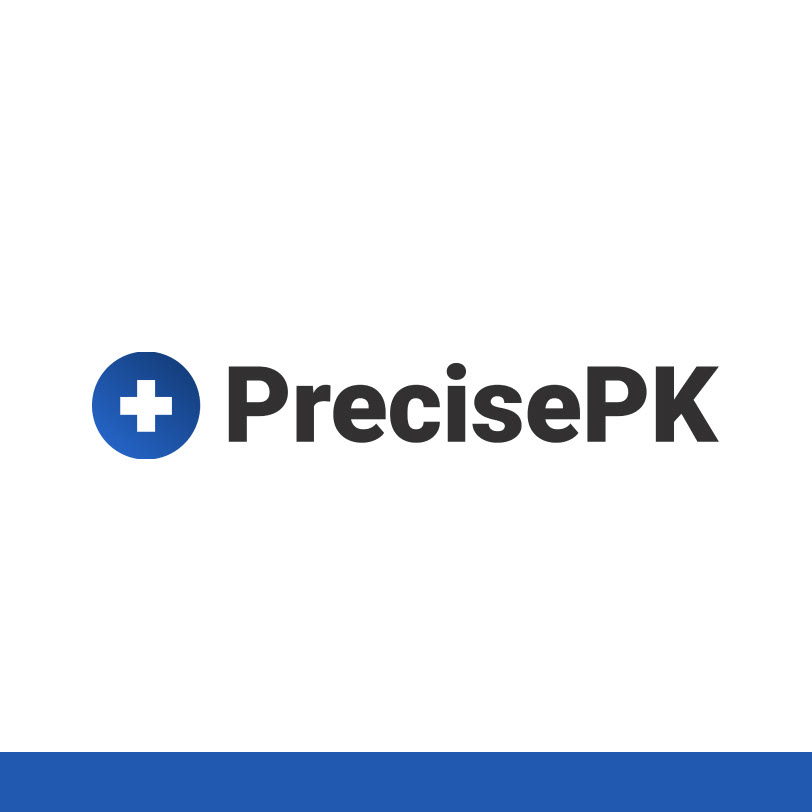June - September 2018
My Role & Contribution
UX researcher - conducted usability testings, interviews, diary studies and field studies
UX writer - analyzed, summarized and synthesized research findings into articles
(rough) Project timeline and my key contributions
Summary
Researchers collaborated with - Kate Moran, Kim Flaherty, and Xinyi Chen
Project Life Online - Large multiphase research study aimed to understand how people use the web in their daily lives. The entire study included 7 separate studies involving more than 110 participants and took place in 6 cities across the globe. These cities include Toronto Canada; Kansas City, Missouri USA; Raleigh, North Carolina USA; Shanghai, China; Jinhua, China; and Zhengzhou, China.
Project deliverables: A series of articles regarding general observed web usage behaviors, mental models, challenges surrounding the use of the internet (15+ articles on various topics being planned & written. Some article links can be found at the end of this page)
My Articles on NN/g website
In China, QR-code scanning and verification codes are popular mobile-login alternatives that circumvent the problem of remembering and typing passwords.
China’s popular social-ecommerce app succeeds in building a mutually beneficial user community and bringing in a smooth shopping experience for users.
Reduce input effort for fields with values that deviate little from the default by allowing users to increase or decrease the number in a single button press. Avoid this GUI control for values with large variability.
Project Research Goal
The Life Online Study was broad and exploratory. The primary goals of the study were to investigate the following questions:
- How do people use the web in their everyday lives?
- Which activities do they consider to be most important?
- How do their behaviors or opinions change as a result of their online experiences?
This description of what we did may be useful for two reasons: first if you want to conduct similar research to get broad insights into issues of interest to your business, and second to help you interpret our results and apply them to your own design problems. Our actual findings will be reported in separate articles.
(Source: Kim Flaherty & Kate Moran)
Me taking notes during a usability testing session in Shanghai
Research Methodology
Read details about Life Online Project methodology on NN/g website.
Interesting Details & Research Challenges
We developed a taxonomy to code and analyze large amounts of self-reported diary study data
To coordinate data analysis between 4 people working remotely, we used a system of “checking out” diary study Excel sheets from a shared Google Drive folder
We created the taxonomy starting with a literature review, followed by a large-sample survey, and then iterative cycles of data coding and revising the taxonomy
We mainly used Google Docs to collaborate on study preparation and house documentation for all studies
We used an iPad Pro, Apple Pencil, and GoPro clamped onto the iPad to take notes and record unobtrusively during our field studies. Charging GoPro and saving data between sessions had to be done strategically while driving to the next session!
We also used RealTimeBoard to remotely collaborative, synthesize, and identify themes within and across studies.
(Source: Kim Flaherty & Kate Moran)
A combined board for organizing research findings, which shows grouped themes color coded by study with relationships between themes. Tool being used: RealtimeBoard
Research Findings
The result of Life Online study is published as a series of articles themed around internet use pattern between China vs. US, and e-commerce design strategies on the NN/g website.
Mobile Login Methods Help Chinese Users Avoid Password Roadblocks: In China, QR-code scanning and verification codes are popular mobile-login alternatives that circumvent the problem of remembering and typing passwords.
The Vortex: Why Users Feel Trapped in Their Devices: Many users report anxiety and lack of control over the amount of time they spend online. We call this feeling “the Vortex.”
Technology Myths and Urban Legends: When users don’t clearly understand how systems function, they develop unique (and often incorrect) theories to explain their experiences.
Filling the Silence with Digital Noise: Many people use digital media to avoid silence or empty time.
Testimonial from my internship supervisor
" Tammy is a bright and conscientious young woman. I enjoyed managing her during her internship with Nielsen Norman Group. Her work was solid and always delivered within timeline. I appreciated Tammy’s motivation to write about challenging UX topics and her eagerness to dig into any data analysis activity thrown her way. She’ll do great things! "
Kim Flaherty
User Experience Specialist at Nielsen Norman Group
Find more about my role at NN/g


